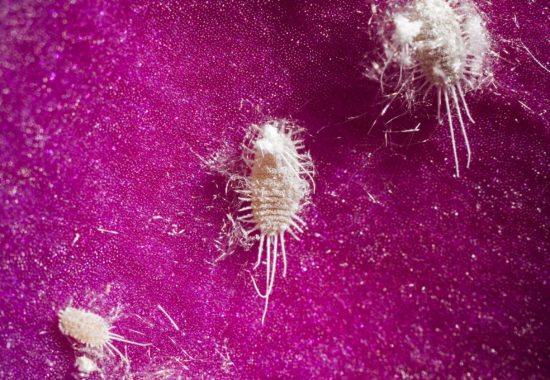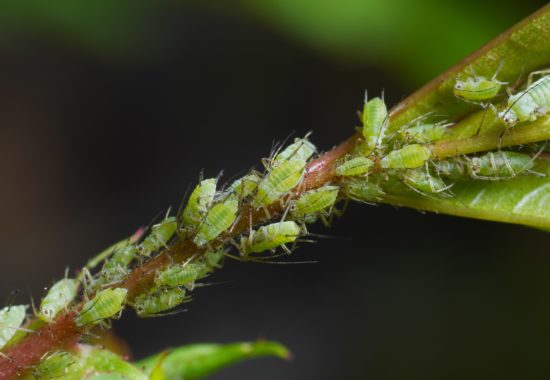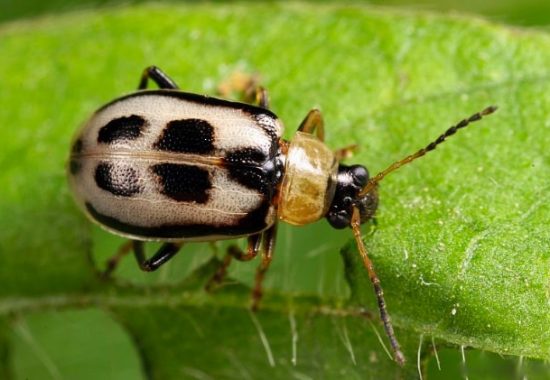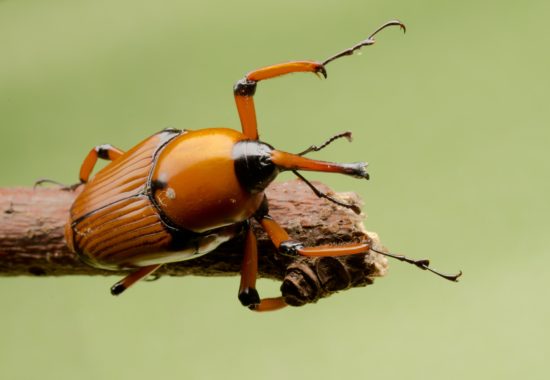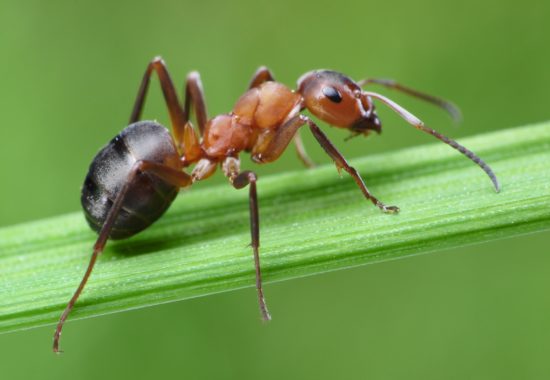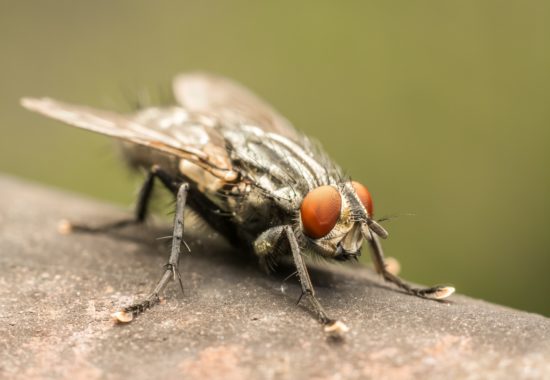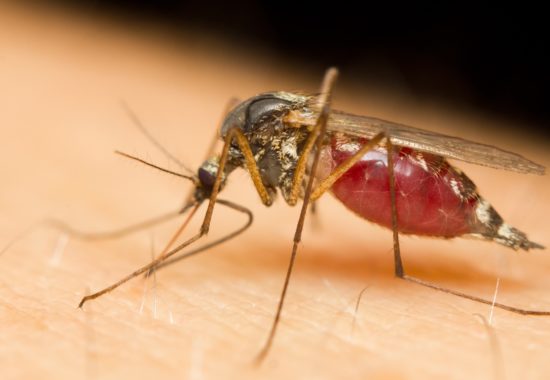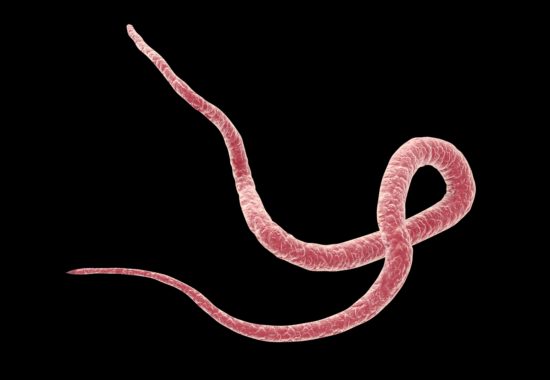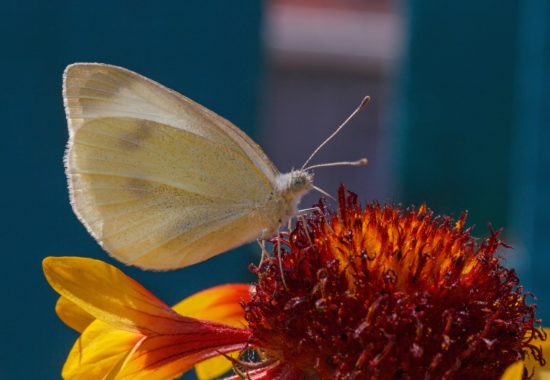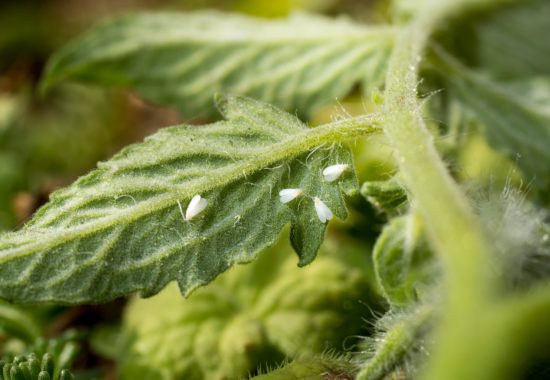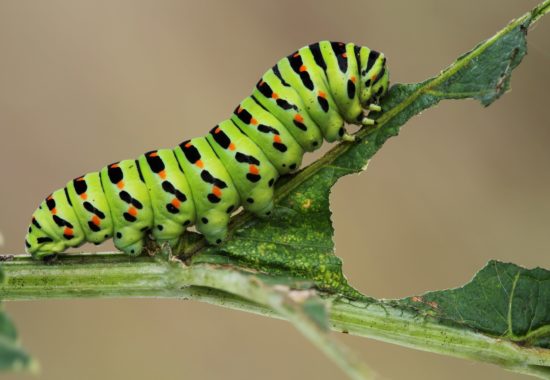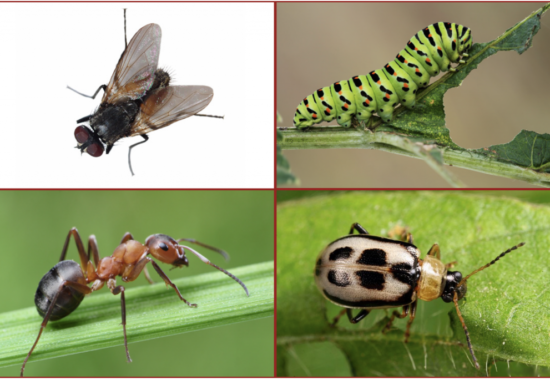A world-wide group of insects, popularly called plant lice, attack nearly every garden and greenhouse crop. Small and soft bodied, they are usually green but may also be brown, yellow, pink or black. They feed by thrusting a sharp-nosed stylet from their beaks into the plant cells and sucking out the sap. The plant’s resulting loss in vitality is shown by discolored areas on the foliage, curling of leaves and blighting of buds and fruits. Even more disastrous is the propensity of the aphid to transmit plant diseases such as fire blight and mosaic. As they feed, aphids excrete a sweet honeydew onto leaves which supports growth of sooty mold. In fall, late feeding by aphids helps harden off succulent new growth on fruit trees.
LIFE CYCLE: Eggs overwinter on woody stems or in crevices in bark. They hatch in spring into “stem” females that give birth continuously to live nymphs. Nymphs mature in 1-2 weeks and start producing offspring. Because of their swift reproductive rate, aphid colonies develop quickly. When days become shorter in fall, males and normal females are born. These offspring mate and the females lay eggs, which are the overwintering stage of the insect. In greenhouses, some strains of aphids continue to give birth to nymphs year-round.
DIRECTIONS FOR CONTROL: Spray immediately upon eggs when hatching with a strong stream of diluted complex to knock insects off plants; most will be too injured to survive. The complex will coat the vegetation with an unpleasant aroma and taste to the aphid. Because of the rapid reproductive rate, spray plants frequently. To control overwintering eggs on fruit trees, spray for dormant control. To maintain healthy plants, do not over fertilize with nitrogen.
See OG-MIXING CHART for more dilutions & directions:
